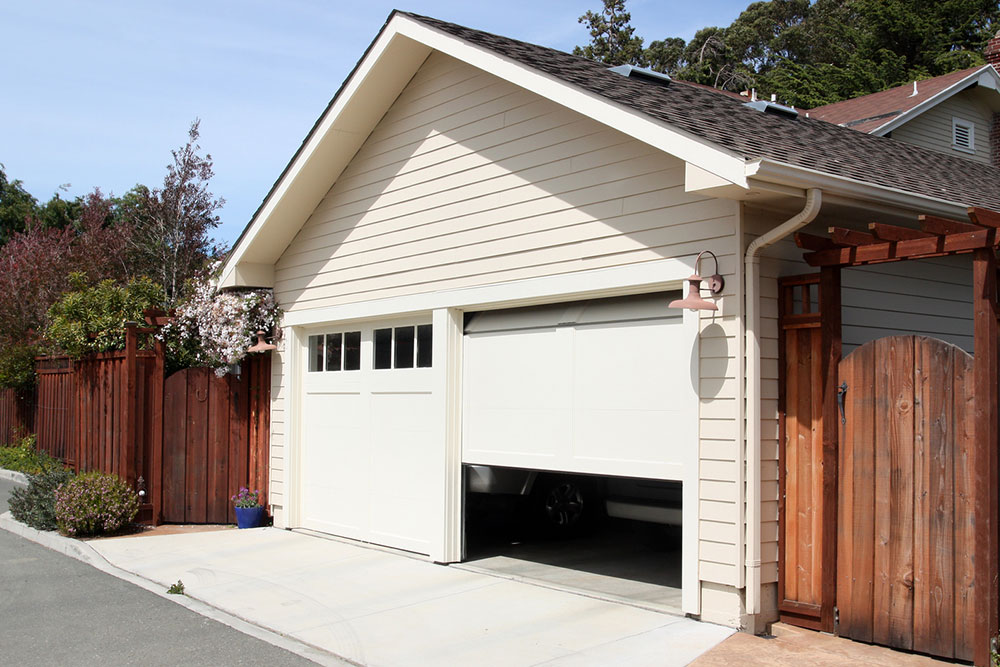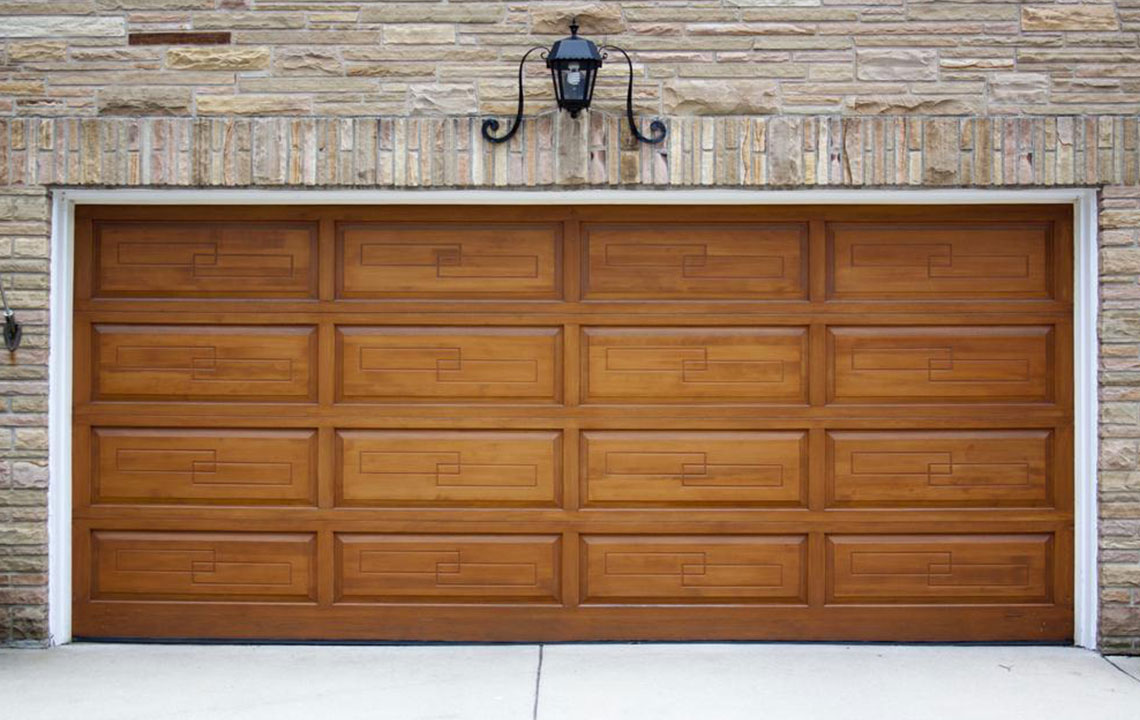Guide to Replacing Garage Door Torsion and Extension Springs
Learn how to replace garage door torsion and extension springs with this comprehensive guide. Understand the signs of spring failure, the differences between spring types, and the safety precautions involved. Whether DIY or professional assistance is preferred, this article covers essential tips to ensure safe and efficient spring replacement, helping maintain your garage door's smooth operation and safety.

Guide to Replacing Garage Door Torsion and Extension Springs
Garage door springs typically need replacement after extensive use, as they wear out over time. These springs are vital for easing the weight of the door during opening and closing, even though they are separate from the opener mechanism. Environmental factors can weaken the metal, leading to failure. The replacement method varies depending on the spring type and whether you opt for a DIY approach or hire a professional technician.
Indicators of a broken spring include difficulty lifting the door and unusual noise from the automatic opener. Usually, only one spring breaks at a time, causing the door to feel significantly heavier since it can weigh hundreds of pounds.
Springs fail under excessive tension or load. A loud bang, similar to a gunshot, often signals a break, although locating the exact source can be challenging. The weight of the door is a primary sign of spring failure. Common types in homes are torsion springs, mounted on a rod above the door using twisting force, and extension springs, placed along the track with safety cables to prevent accidents.
Note:
This blog provides practical insights on various topics. While accuracy is our goal, the content should serve as informational guidance rather than absolute fact. We disclaim responsibility for discrepancies or errors from external sources. Some offers or schemes may not be included but could be more beneficial for readers.


